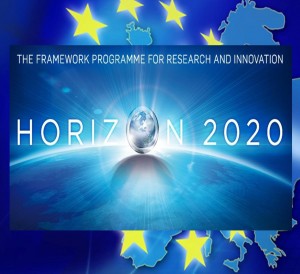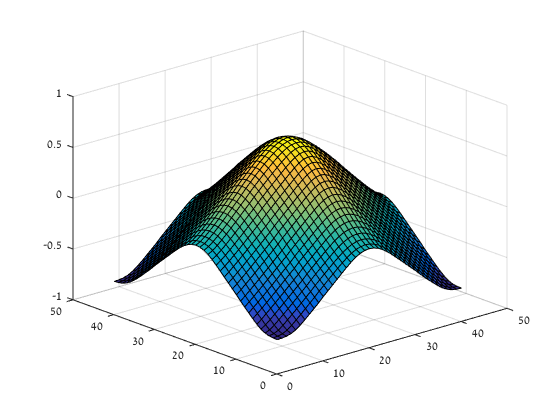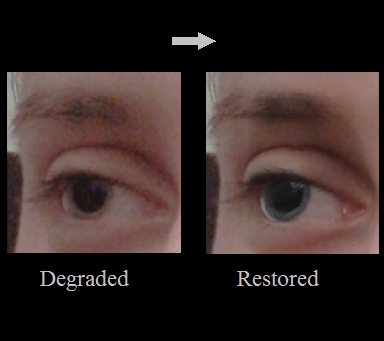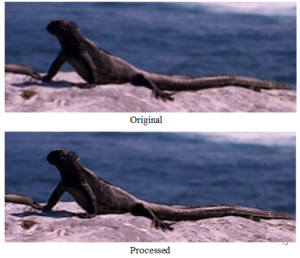A new framework is proposed for variational analysis and processing. It defines a functional-based nonlinear transform and inverse-transform. The framework is developed in the context of total-variation (TV), but it can be generalized to other functionals.
An eigenfunction, with respect to the subdifferential of the functional, such as a disk in the TV case, yields an impulse in the transform domain. This can be viewed as a generalization of known spectral approaches, based on linear algebra, which are extensively used in image-processing, e.g. for segmentation.
Following the Fourier intuition, a spectrum can be computed to analyze dominant scales in the image. Moreover, new nonlinear low-pass, high-pass and band-pass filters can be designed with full contrast and edge preservation.

Movie explained: Top (from left): image layers, phi bands (phi(t) = u_{tt}*t). Bottom: Ideal TV High-pass-filter, ideal TV Low-pass-filter at different scales. Ideal is in the sense of eigenfunctoin preservation.
Related papers
- R. Nossek, G. Gilboa, “Flows generating nonlinear eigenfunctions”, accepted to J. of Scientific Computing, 2017.
- G. Gilboa, “Semi-inner-products for convex functionals and their use in image decomposition”, Journal of Mathematical Imaging and Vision (JMIV), Vol. 57, No. 1, pp. 26-42, 2017.
- M Benning, M. Moeller, R. Nossek, M. Burger, D. Cremers, G. Gilboa, C. Schoenlieb, “Nonlinear Spectral Image Fusion”, In International Conference on Scale Space and Variational Methods in Computer Vision (SSVM), 2017.
- M. Benning, G. Gilboa, J.S. Grah, C. Bibiane Schönlieb, “Learning Filter Functions in Regularisers by Minimising Quotients.” In International Conference on Scale Space and Variational Methods in Computer Vision (SSVM), pp. 511-523. Springer, 2017.
- M. Burger, G. Gilboa, M. Moeller, L. Eckardt, D. Cremers, “Spectral decompositions using one-homogeneous functionals”, SIAM J. Imaging Sciences, Vol. 9, No. 3, pp. 1374-1408, 2016.
- M. Benning, G. Gilboa, C.B. Schönlieb, “ Learning parametrised regularisation functions via quotient minimisation”. PAMM-16, 16(1), 933-936, 2016.
- G. Gilboa, M. Moeller, M. Burger, “Nonlinear spectral analysis via one-homogeneous functionals – overview and future prospects”, accepted to the Journal of Mathematical Imaging and Vision (JMIV), Vol. 56, No. 2, pp 300–319, 2016.
- D. Horesh, G. Gilboa, “Separating surfaces for structure-texture decomposition using the TV transform”, IEEE Trans. Image Processing, Vol. 25, No. 9, pp. 4260 – 4270, 2016.
- G. Gilboa, “A total variation spectral framework for scale and texture analysis”. SIAM Journal on Imaging Sciences, Vol. 7, No. 4, pp. 1937–1961, 2014.
- G. Gilboa, “Nonlinear Band-Pass Filtering Using the TV Transform”, Proc. European Signal Processing Conference (EUSIPCO-2014), Lisbon, p. 1696 – 1700, 2014.
- G. Gilboa, “A spectral approach to total variation”, Scale-Space and Variational Methods”, SSVM 2013, LNCS 7893, p. 36-47, 2013.
- G. Gilboa, CCIT Report 833, Technion, 2013.












